Our main research interests are structural and electronic properties of various classes of materials and systems of strongly correlated electrons (e.g. metals, superconductors, organic and metal thin films, magnetic systems and charge density wave materials). This is done by means of ultra-high vacuum (UHV) low temperature (LT) scanning tunneling microscopy (STM) and spectroscopy (STS). This includes initial stages of growth, surface reactivity and properties of surfaces and nanostructures between liquid helium (LHe) and room-temperature (RT), surface defects, surface electronic waves, individual adsorbed molecules and molecular structures, manipulation of individual atoms and molecules, and electronic properties of nonmagnetic and magnetic adatoms, including the Kondo effect.
We are also involved in the design and construction of a variety of LT UHV STM components, whose characteristics meet our special needs for some of the mentioned measurements. We are developing new experimental techniques with high spatial and energy resolutions to study systems of strongly correlated electrons.
UHV Joule-Thomson low-temperature STM
Our newest microscope is a Specs Joule-Thomson UHV STM with a base temperature of about 1.3 K. The hold time for liquid helium is more than 100 hours which allows us to run experiments over a long time. We use the Nanonis SPM controller package to operate the microscope. The UHV system with base pressure in the 10-11 mbar region is equipped with a wide choice of in-situ surface preparation techniques (ion gun, anneling stage, knudsen evaporators and effusion cell). On top of that, we can also perform chemical (Auger electron spectroscopy (AES) and structural (low-energy electron diffraction (LEED)) characterization of the examined surfaces.
The UHV suitcase allows us to transfer samples without breaking vacuum between several setups including PLD for sample growth and XPS for chemical analysis.
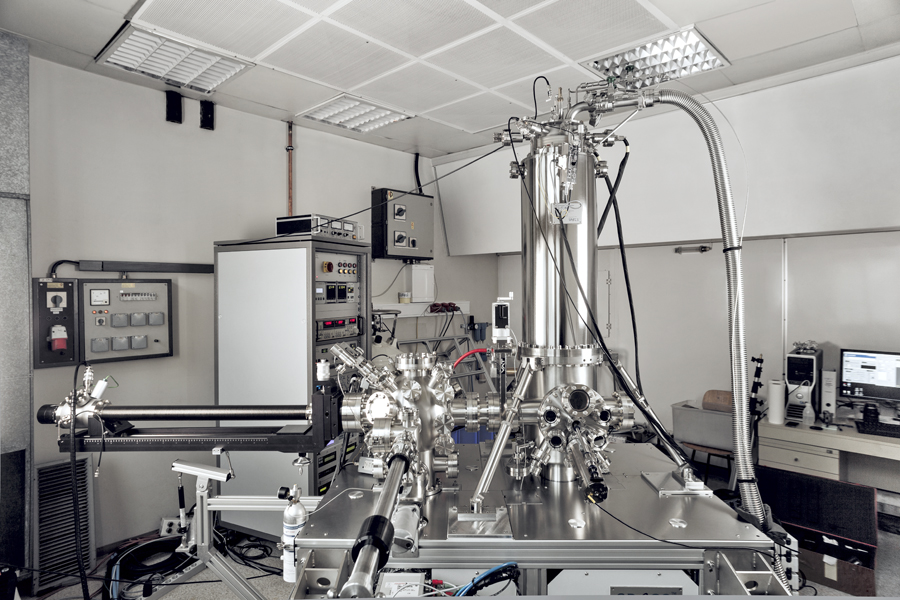
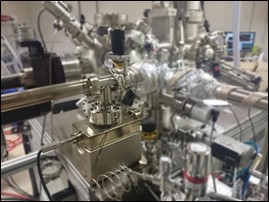
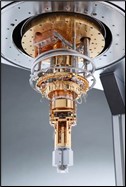
UHV low-temperature STM 1
Our first low-temperature UHV STM system was homemade and put into operation in 2006. The microscope is based on a Besocke– (Beetle-) type STM head and electronics from Createc. It is cooled by a rather small 4L helium bath cryostat and the working temperature is about 7 K. The instrument was continuously improved in the past and it offers in its present form excellent mechanical and electronic stability, however it is now defunct and was replaced by a newer STM.
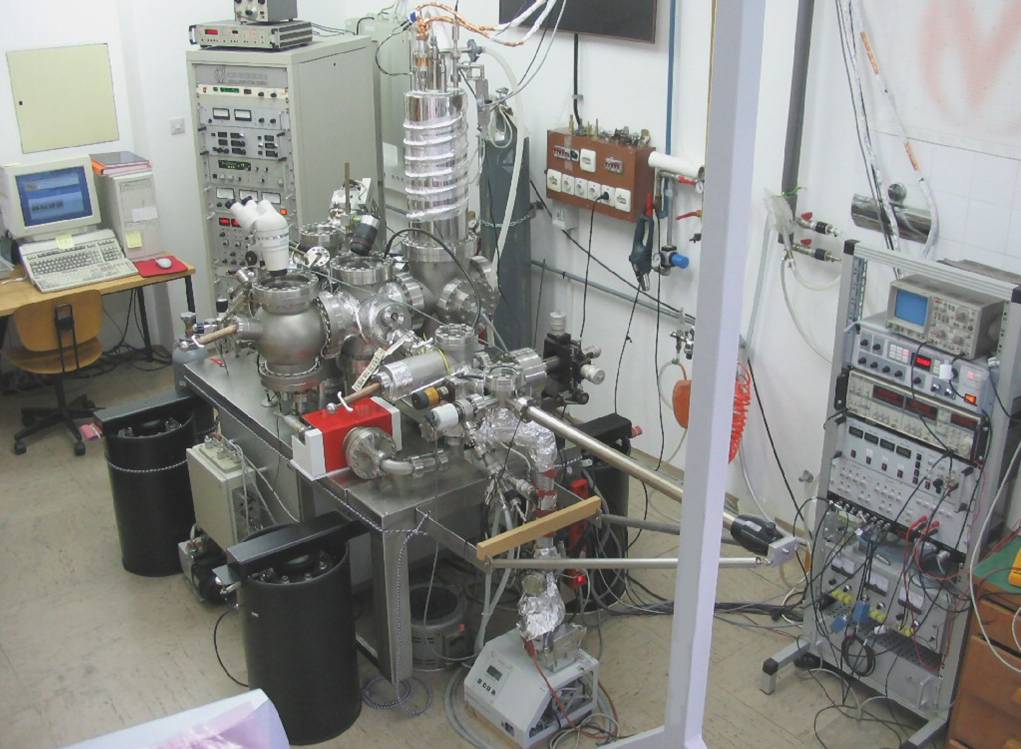
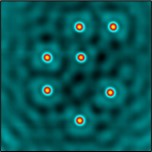
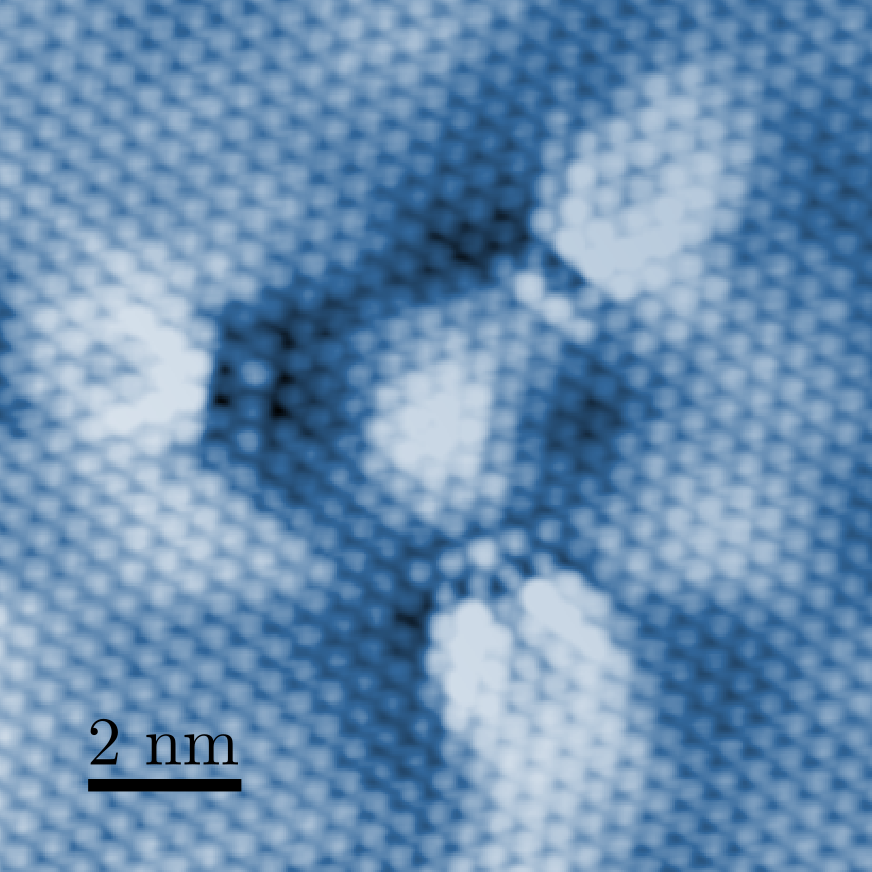
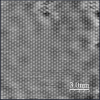
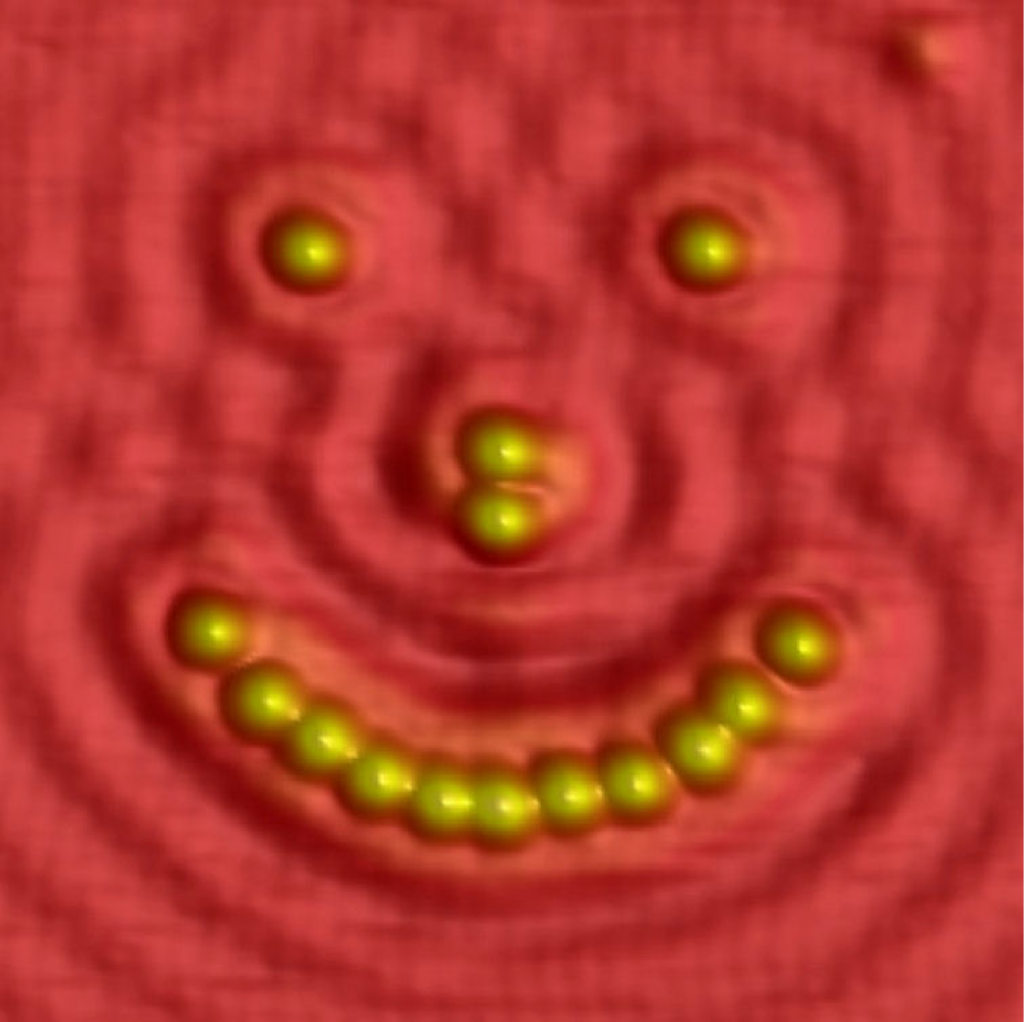
UHV low-temperature STM 2
Our second low-temperature microscope is a modified Createc beetle-type STM. It is cooled by a larger, 10.5L helium bath cryostat from CryoVac. The base temperature is below 6K and the helium cooled manipulator enables cooling of the sample close to LHe temperatures. The system offers all the standard equipment for sample preparation (annealing, sputtering, evaporation, LEED/AES). Currently we are using the system to experiment with high frequency (RF) signal detection.
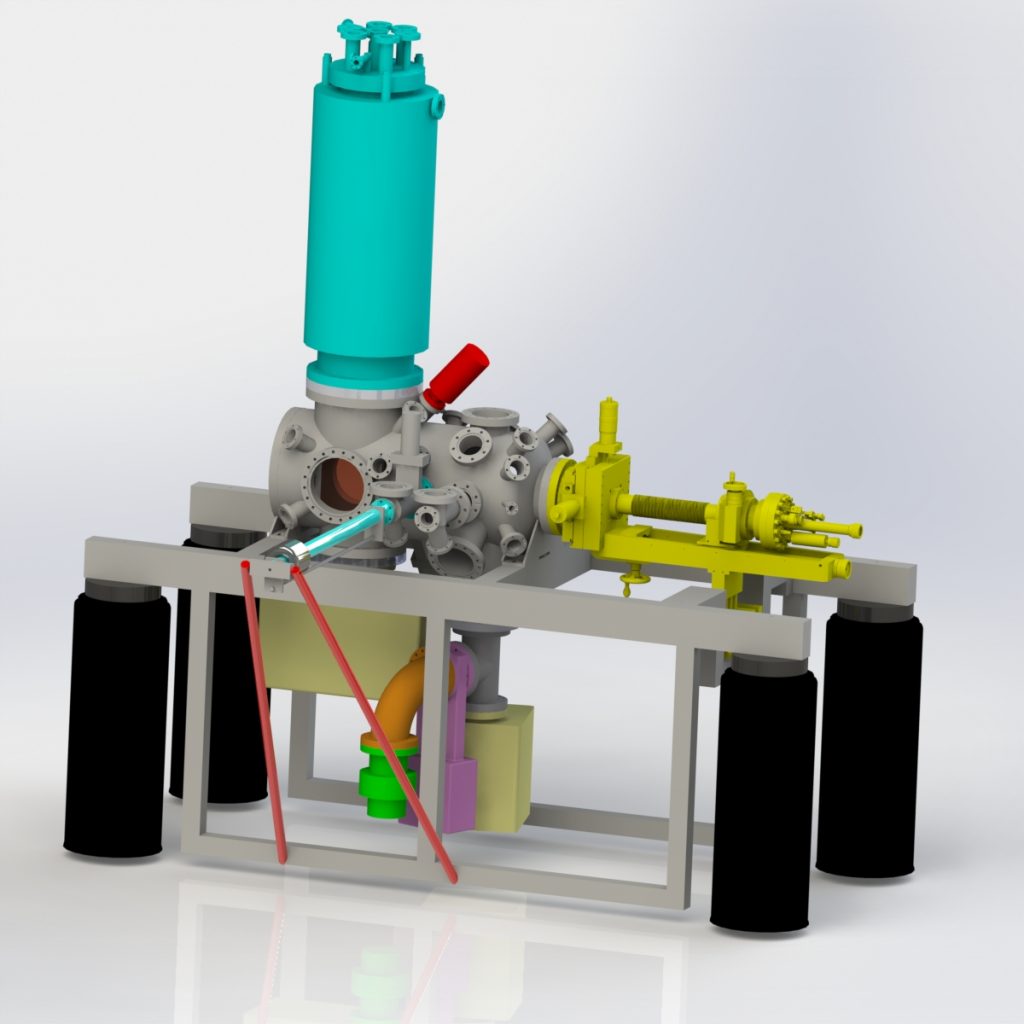
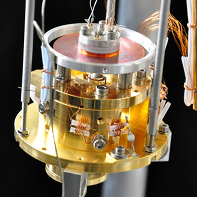
The setup is currently under construction, because we will upgrade it to a combined STM and non-contact AFM setup in 2023/24. Updates on the upgrade can be found on our Instagram page.
